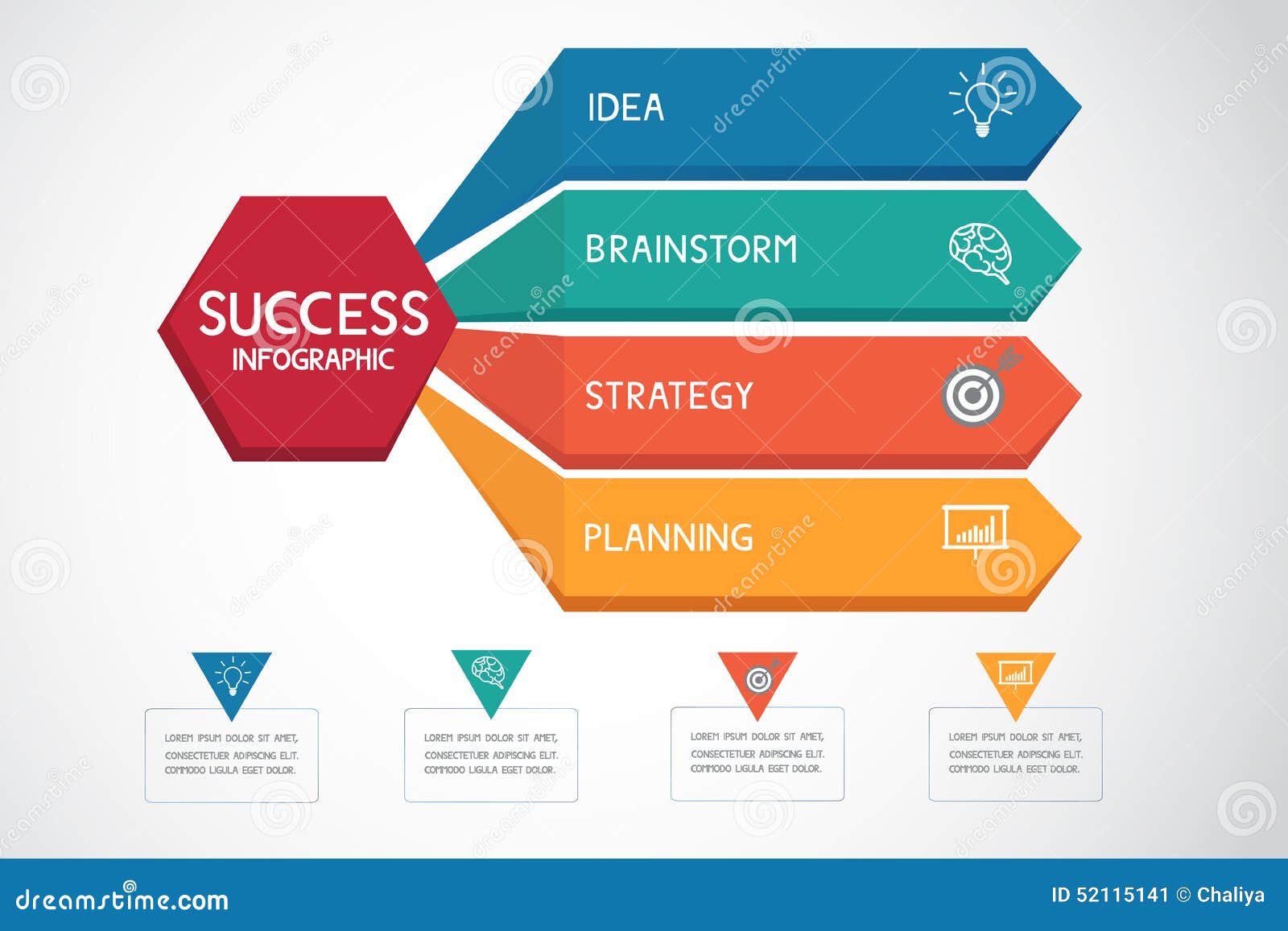Crafting A User-Friendly Site: Strategies And Strategies For Website Design Success
Crafting A User-Friendly Site: Strategies And Strategies For Website Design Success
Blog Article
Written By-Dixon Velez
Master the art of website design by concentrating on individual experience. Craft user-friendly navigating and go with mobile optimization to enhance the browsing experience. Make certain very easy navigating with clear headings and attractive visuals. Focus on mobile responsiveness for a consistent customer experience. By incorporating these important layout concepts, you can develop an easy to use internet site that captivates site visitors.
Crucial Style Principles
When developing a site, prioritize individual experience above all else. Your major objective needs to be to produce a seamless and enjoyable experience for your site visitors. Beginning by making sure that your internet site is easy to browse. Usage clear headings, organized food selections, and instinctive buttons to direct individuals through your material easily. Keep in mind, simpleness is crucial. Stay clear of jumbling your pages with unnecessary aspects that can bewilder or perplex your audience.
An additional crucial layout principle is to make sure your internet site is aesthetically appealing. Choose a cohesive color scheme, high-grade pictures, and legible font styles to improve the general appearance of your website. Consistency is important in developing a solid brand name identification and making your internet site a lot more remarkable to customers.
Additionally, prioritize mobile responsiveness. With Click Link browsing the internet on their smartphones and tablet computers, it's crucial that your web site looks and operates well on all devices. Examine your website on various screen sizes to ensure a seamless experience for all users. By focusing on these vital design concepts, you can produce a straightforward site that maintains site visitors coming back for even more.
User-Focused Navigation
To enhance customer interaction and improve their browsing experience, focus on creating user-friendly navigating paths that assist site visitors seamlessly via your web site. Clear and efficient navigating is crucial for aiding individuals discover the info they need swiftly and successfully. Begin by maintaining your menu framework simple and understandable. Use descriptive labels that plainly show what content can be found under each food selection option. Furthermore, consider implementing Read the Full Piece of writing for subcategories to stop congestion the primary navigation bar.
One more vital facet of user-focused navigating is using breadcrumbs. Breadcrumbs are a second navigating help that reveals individuals their existing place on the site and permits them to conveniently browse back to previous web pages. This feature is specifically practical for individuals who enter your site via a deep link or a search engine outcome.
Additionally, integrating search performance plainly on your internet site can additionally boost user navigating. A search bar allows users to rapidly find particular web content without having to click with numerous web pages. Ensure that your search bar is conveniently noticeable and easily accessible on every web page of your site for optimum functionality. By prioritizing user-focused navigation methods, you can create a more intuitive and enjoyable surfing experience for your site visitors.
Mobile Optimization Techniques
Consider maximizing your website for mobile devices to guarantee a smooth customer experience across various screen sizes. Mobile optimization is essential in today's electronic landscape where a considerable portion of web browsing happens on smartphones and tablet computers.
To boost mobile use, begin by executing responsive design strategies. This approach permits your web site to adapt to various display measurements, preserving performance and aesthetics.
Focus on maximizing loading times for mobile users. Slow-loading websites can deter visitors and effect your search engine positions. Press photos, decrease HTTP demands, and take advantage of internet browser caching to boost loading rate. In addition, focus on content hierarchy for mobile display screens. Make sure that vital information is plainly shown, and navigation is user-friendly, advertising very easy accessibility to crucial areas.
Make use of touch-friendly elements such as larger switches and streamlined kinds to assist in interaction on smart phones. Conduct comprehensive testing throughout different mobile platforms to identify and remedy any usability concerns.
Conclusion
Finally, understanding the art of website design is vital for creating an easy to use website. By incorporating important layout principles, user-focused navigating, and mobile optimization strategies, you can make certain a smooth and delightful experience for your visitors.
For instance, a regional bakery saw a 30% rise in online orders after revamping their website to be much more user-friendly and mobile-responsive. Keep in mind, a well-designed web site can make all the difference in attracting and preserving customers.
